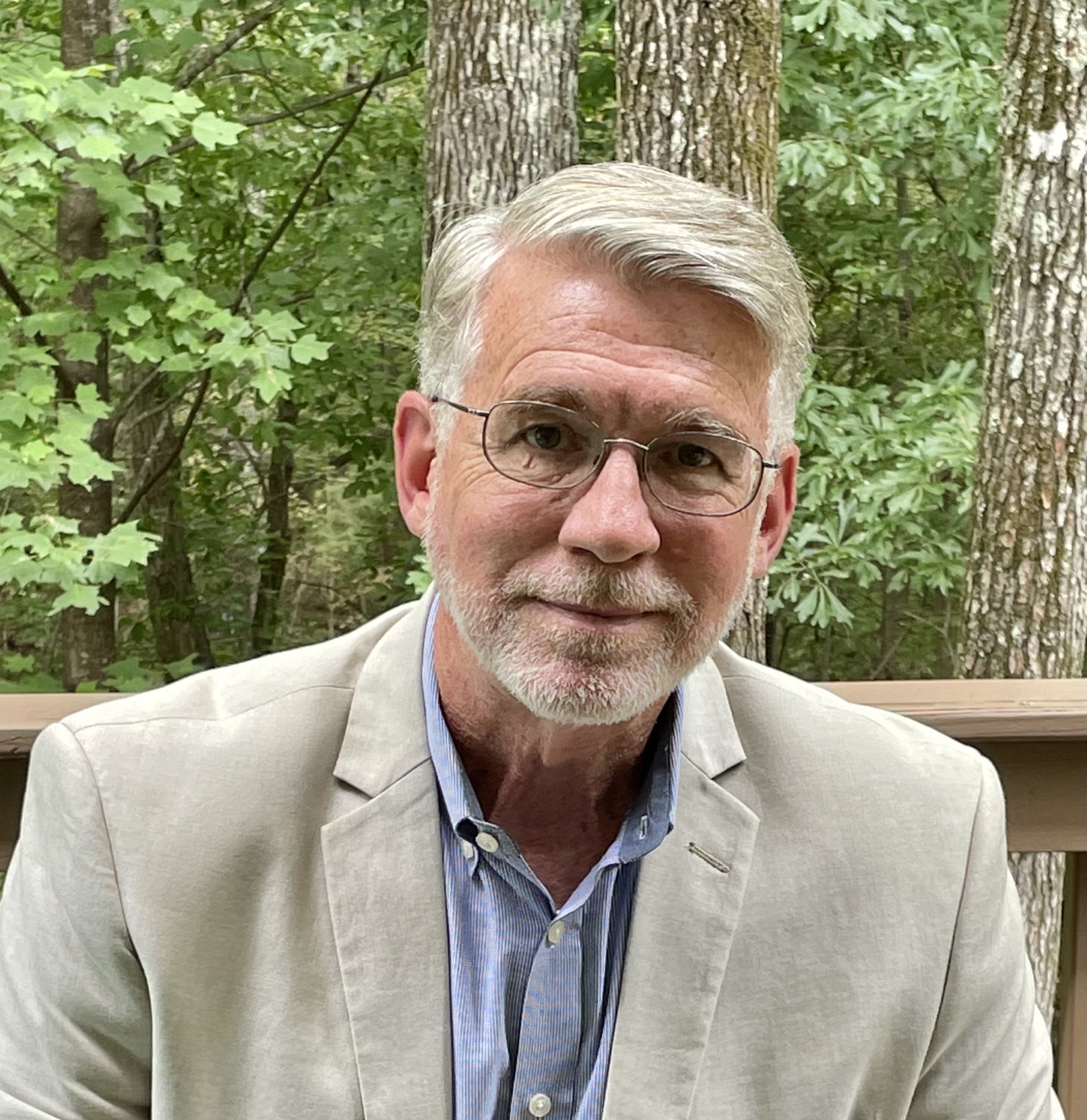
I flatter myself that I’m a pretty good teacher. I’ve been doing it for 40 years, so it stands to reason I’ve developed some skill. Ratings and comments from students tend to bear this out. They occasionally complain that I talk too much—probably true—or that I’m a “tough grader”—doubtful—but for the most part, my student evaluations are consistently high.
If I am a good teacher, the credit goes mostly to my role models, my own teachers. What gets absolutely no credit is all the “faculty development” I was subjected to early in my career.
That was back in the 1990s, when the educational discourse was dominated by “progressive” theories promoted by figures like Ernest Boyer—a professor and administrator who served as Commissioner of Education under Jimmy Carter and was widely known for championing the “scholarship of teaching and learning.” That became the mantra for an army of self-styled “consultants” who traveled the country with missionary zeal, holding hapless faculty members—like me—hostage in workshops and seminars, abetted by campus administrators who endorsed their views and paid them handsomely.
Their objective, ostensibly, was to help us become better teachers. Unfortunately, most of what they told us about teaching turned out to be BS.
[RELATED: I Can’t Understand My Professor]
Let’s start with Boyer’s famous phrase. What does “teaching and learning” even mean? How is it different from, say, just teaching? Supposedly, phrasing it that way puts the focus on the student, the “learner,” rather than on the teacher. But is that really where we want the focus to be? I realize most students seem to think they’re the center of the universe, and perhaps we now know why. But in a classroom setting, the “learners” should be focused on the teacher. That’s why they’re there.
Which brings me to another dreadful ’90s cliché that was always sure to come up in those interminable seminars: the “sage on the stage.” Don’t be one of those dinosaurs, we were warned repeatedly by the consultants. What students really need, we were told, is a “guide on the side.”
That might be true for a few students at either end of the ability distribution. Those who are struggling in a subject may well benefit from one-on-one tutoring, while the most advanced students deserve the opportunity, when possible, to work directly with their professors.
But what almost all students desperately need is a sage, someone who knows what they’re talking about, standing on a—usually figurative—stage and telling them things they don’t know. That’s called education. It’s called teaching.
I struggled early on with this concept as, like most new professors, I suffered from a bit of imposter syndrome. Most of the time, I didn’t feel like a sage. I kept waiting for one of my students to stand up and denounce me as a fraud. But I eventually realized that was unlikely because, however deficient my own knowledge, they knew much less about the subject than I did. Compared to my mentors, I might have been a fraud. But compared to my students, I was every bit the sage. I had things to tell them that they needed to hear.
Yes, yes. I’m all in favor of class discussions whenever I can wrench a halting comment out of some recalcitrant student. I think hands-on exercises and group projects have their place, too. But the idea that professors shouldn’t spend most of their class time lecturing is complete nonsense. That’s exactly what they ought to be doing.
Two other relics of the 90s “teaching and learning” culture that have been thoroughly debunked are “multiple intelligences” and “learning styles.” Both are predicated on the idea that students learn differently because there are different kinds of intelligence. The first part of that holds some truth. Some people are more “hands-on” than others, and certain career paths lend themselves to that. But in an academic or professional setting, only one “learning style” really matters: the ability to internalize information by reading and listening.
As for “multiple intelligences”—well, it turns out there’s just one kind of intelligence. People have different aptitudes, sure—for math, science, literature, music, etc.—but basically, a smart person is a smart person, and someone who is not smart, who has a low IQ, is going to struggle in college no matter what “methodologies” they encounter.
Unfortunately, the “dumbing down” of education that so many lament has its roots in these absurd, destructive theories. For more than three decades, instead of targeting the best and brightest, the higher education establishment has catered to the lowest common denominator, intellectually speaking. In essence, we created a form of “affirmative action” for people who, in the old-fashioned phrase, aren’t college material, based on the absurd notion that everyone should go to college.
[RELATED: ‘Linguistic White Supremacy’: The Left’s New Crusade Against the English Language]
The consequences of that failed experiment are all around us—in the general incompetence of much of the workforce, the idiotic pronouncements of people with impressive-sounding credentials, the vapidity and insipidness of most modern “culture,” the moral rot of supposedly elite institutions.
What can we do about it? I’m not sure. Maybe nothing. These theories are now part of the educational landscape, even the ones that have been discredited. I hear people use the phrase “teaching and learning” and talk about “multiple intelligences” all the time. Our younger colleagues are so thoroughly steeped in these ideas, they’re not even aware of alternatives. By and large, that’s the way their professors, their role models, taught them—which might explain a lot.
All I can advise, if you think what I’m saying is true, is rebel. Reject modern-day conventional wisdom. Revert to the collective wisdom of earlier generations of professors who knew how to teach and hold students accountable—not hold their hands. Professors who would have scoffed at the notion of “learning styles” or “multiple intelligences”—quite rightly, as it turns out. You should scoff at such nonsense, too, no matter who’s pushing it. March into your classroom, boldly take the stage, and be every bit the sage. Your students may at first not understand what’s going on. But down the road, they will thank you for it.
Follow Rob Jenkins on X.
Image by Berni on Adobe Stock; Asset ID#: 30314310

Great article! Finally, someone gets it!
I would argue that you are a student centered teacher and perhaps don’t realize it.
And that you were lucky enough to have professors who themselves were student centered teachers.
Bear in mind that I may be defining “student centered” a wee bit differently that you have heard it defined in the past.
…the absurd notion that everyone should go to college.”
No, sadly, it’s more like “we need their money” and this is going to get considerably worse in the next decade.